What are you looking for at Aqrani library?
-
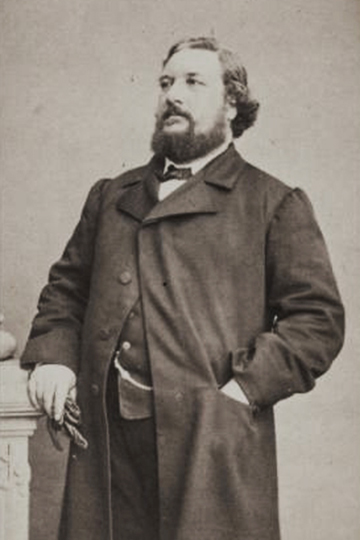
Charles Deslys
Charles Deslys (1 March 1821 – 13 March 1885) was a 19th-century French writer.He was educated at the Lycée Charlemagne then performed a study tour in Italy. Upon his return, he became an actor in the South of France and made his debut as a writer.He began his artistic career in the theater. He traveled the south of France as a singer or an actor. Following the publication of a trifle in 1816 (Les Bottes vernies de Cendrillon), he discovered and partook his literary talents.He is buried at Père Lachaise Cemetery (71st division).
-
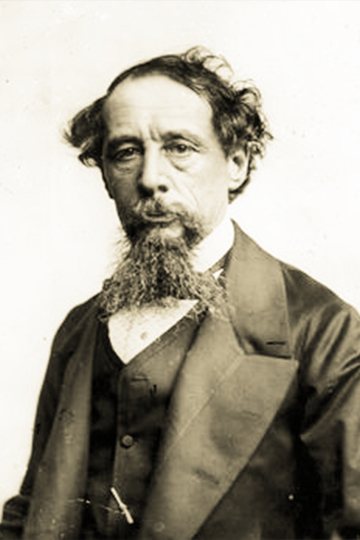
Charles Dickens
Charles John Huffam Dickens ( 7 February 1812 – 9 June 1870) was an English writer and social critic. He created some of the world's best-known fictional characters and is regarded by many as the greatest novelist of the Victorian era. His works enjoyed unprecedented popularity during his lifetime, and by the 20th century, critics and scholars had recognised him as a literary genius. His novels and short stories are still widely read today. Born in Portsmouth, Dickens left school to work in a factory when his father was incarcerated in a debtors' prison. Despite his lack of formal education, he edited a weekly journal for 20 years, wrote 15 novels, five novellas, hundreds of short stories and non-fiction articles, lectured and performed readings extensively, was an indefatigable letter writer, and campaigned vigorously for children's rights, education, and other social reforms. Dickens's literary success began with the 1836 serial publication of The Pickwick Papers. Within a few years he had become an international literary celebrity, famous for his humour, satire, and keen observation of character and society. His novels, most of them published in monthly or weekly instalments, pioneered the serial publication of narrative fiction, which became the dominant Victorian mode for novel publication. Cliffhanger endings in his serial publications kept readers in suspense. The installment format allowed Dickens to evaluate his audience's reaction, and he often modified his plot and character development based on such feedback. For example, when his wife's chiropodist expressed distress at the way Miss Mowcher in David Copperfield seemed to reflect her disabilities, Dickens improved the character with positive features. His plots were carefully constructed, and he often wove elements from topical events into his narratives. Masses of the illiterate poor would individually pay a halfpenny to have each new monthly episode read to them, opening up and inspiring a new class of readers.
-

Charles Nodier
Jean Charles Emmanuel Nodier (April 29, 1780 – January 27, 1844) was an influential French author and librarian who introduced a younger generation of Romanticists to the conte fantastique, gothic literature, and vampire tales. His dream related writings influenced the later works of Gérard de Nerval. He was born at Besançon in France, near the border with Switzerland. His father, on the outbreak of the French Revolution, was appointed mayor of Besançon and consequently chief police magistrate, and seems to have become an instrument of the tyranny of the Jacobins without sharing their principles. But his son was for a time an ardent citizen, and is said to have been a Jacobin Club member at the age of twelve In 1793 Charles saved the life of a lady guilty of sending money to an émigré, declaring to his father that if she were condemned he would take his own life.He was sent to Strasbourg, where he studied with Eulogius Schneider, the notorious Jacobin and public prosecutor of Alsace, but a good Greek scholar.
-
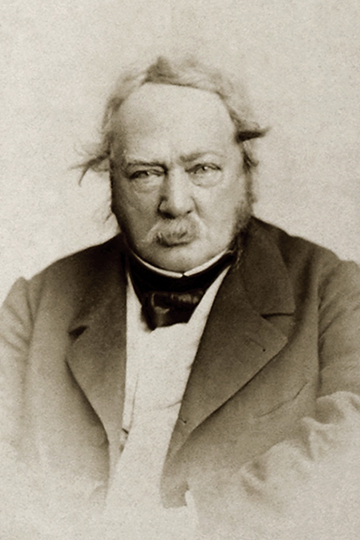
Charles Paul de Kock
Charles Paul de Kock (May 21, 1793 in Passy, Paris – April 27, 1871 in Paris) was a French novelist. His father, Jean Conrad de Kock, a banker of Dutch extraction, victim of the Terror, was guillotined in Paris 24 March 1794. His mother, Anne-Marie Perret, née Kirsberger, was a widow from Basel. Paul de Kock began life as a banker's clerk. For the most part he resided on the Boulevard St. Martin.He began to write for the stage very early, and composed many operatic libretti. His first novel, L'Enfant de ma femme (1811), was published at his own expense. In 1820 he began his long and successful series of novels dealing with Parisian life with Georgette, ou la Nièce du tabellion. He was most prolific and successful during the Restoration and the early days of Louis Philippe.
-
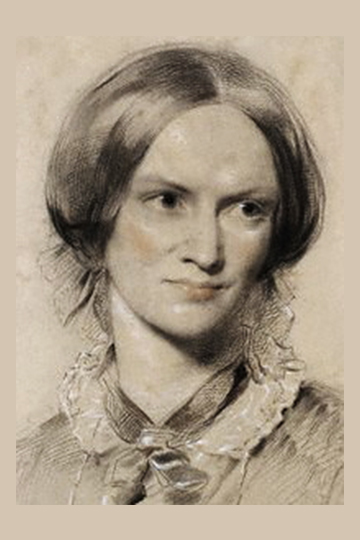
Charlotte Bronte
Charlotte Brontë ( 21 April 1816 – 31 March 1855) was an English novelist and poet, the eldest of the three Brontë sisters who survived into adulthood and whose novels became classics of English literature.She enlisted in school at Roe Head in January 1831, aged 14 years. She left the year after to teach her sisters, Emily and Anne, at home, returning in 1835 as a governess. In 1839 she undertook the role as governess for the Sidgwick family but left after a few months to return to Haworth where the sisters opened a school, but failed to attract pupils. Instead, they turned to writing and they each first published in 1846 under the pseudonyms of Currer, Ellis, and Acton Bell. Although her first novel, The Professor, was rejected by publishers, her second novel, Jane Eyre, was published in 1847. The sisters admitted to their Bell pseudonyms in 1848, and by the following year were celebrated in London literary circles.Brontë was the last to die of all her siblings. She became pregnant shortly after her marriage in June 1854 but died on 31 March 1855, almost certainly from hyperemesis gravidarum, a complication of pregnancy which causes excessive nausea and vomiting.
-

Claire de Chandeneux
Louise Lucienne Emma Bérenger, known as Claire de Chandeneux, born in Crest (Drôme) on November 17, 1836 and died in Vincennes (Seine) on October 6, 1881, is a French woman of letters and novelist, married successively to two soldiers, the captain of Prébaron, then Commandant Bailly, she is the author of around thirty novels based on provincial military life. A member of the Société des gens de lettres, she founded two reviews, Paris Littéraire and Paris Charme, two years before her death at the age of 45. Barbey d'Aurevilly, who classified her pejoratively among the bas-blues, saw in she a "novelist of little adventures" and an "innocent machine gun of novels" which he described as "Ponson-Terrail-woman, short-lived, and in very small change". Léon Bloy also made fun of the "honest novels" of this author who had his hour of popularity.
-
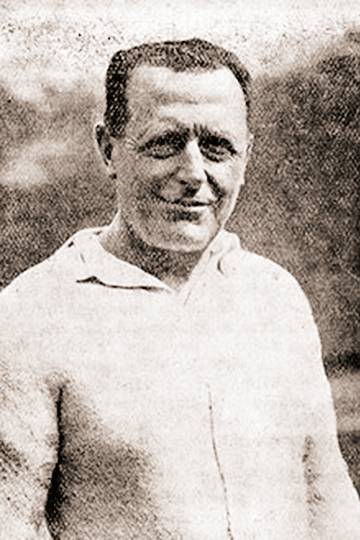
Claude Anet
Jean Schopfer (28 May 1868 – 9 January 1931) was a tennis player competing for France, and a writer, known under the pseudonym of Claude Anet. He reached two singles finals at the Amateur French Championships, winning in 1892 over British player Fassitt, and losing in 1893 to Laurent Riboulet. Schopfer was born 28 May 1868, Morges, Switzerland.Educated at the Sorbonne and the École du Louvre, Schopfer started writing in 1899. Under the name Claude Anet, Schopfer published many books, including La Révolution Russe, written after a trip to Russia during World War I, Mayerling, based on the Mayerling Incident, and Simon Kra, a biography of tennis player Suzanne Lenglen.His 1920 novel Ariane, jeune fille russe has been adapted into a number of films including Ariane and Love in the Afternoon.He died on 9 January 1931 in Paris.
-

Claudius Ferrand
FERRAND Claudius, Philippe, was born on June 19, 1868 in Crémieux (Isère). He is a French priest, member of the Foreign Missions of Paris. Then missionary in Japan then in Korea.His parents are Philippe Ferrand and Anne-Marie Couturier.After completing his classical studies, he entered the Seminary of Issy where he did his two years of philosophy.In 1891, he was ordained a priest in Nagasaki in Japan. After studying the Japanese language. he died in Taegu - South Korea, October 4, 1930.
-
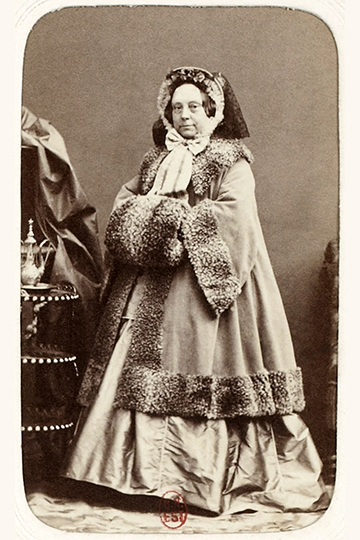
Comtesse Dash
Gabrielle Anne Cisterne de Courtiras, vicomtesse de Saint-Mars (2 August 1804 – 11 September 1872), nom de plume Countess Dash, was a prolific French writer. Gabrielle de Courtiras was a daughter of M. de Courtiras, and early married the Marquis de Saint-Mars. After the loss of her fortune, she took to writing. On her remarking that she wished to write under a pseudonym, that of her favorite dog, “Dash,” was suggested, which she adopted.In many years she produced five to six novels. Her themes are mainly from the beau monde era in France and deal with themes of romantic love.
-

P. M. Curtil
P. M. Curtil